Jump to:
If you’re new to greenhouse gardening, Getting into greenhouse gardening can be challenging at first, but you’ll get the hang of it over time. Complex tasks will become simple, especially if you start off on the right foot. This guide will be your compass to help you achieve that! Here, we’ll provide you with tips, from choosing the right greenhouse to growing methods.
The Best Greenhouse for Beginners

When investing in a greenhouse, you’ll want to ensure your hard-earned money won’t be wasted. It helps to familiarise yourself with the types available in the market. Your top options include wooden, polycarbonate, and metal greenhouses.
Should you get a wooden timber greenhouse?
Wooden greenhouses are an excellent choice if you want something thermally efficient. Known for their natural insulation properties, the wooden frame and walls provide insulation. Moreover, the material absorbs harmful UV rays and contains heat at night. This traps heat inside, creating a warmer environment for plants to grow in.
Should you get a metal greenhouse?
Metal greenhouses are lightweight, maintenance-free, and built to last. Designed with an aluminium frame, expect a solid construction base. This ensures the structure is more load-bearing than its wooden counterparts.
From choosing sizes and materials to extra features, our greenhouse buying guide can help you with selecting the best model for you.
Beginner Greenhouse Setup
1. Position your greenhouse in the best location
After choosing the ideal greenhouse type for your greens, consider where to put it next. A firm, flat surface is essential to ensure stability and proper drainage. Avoid placing it near standing water, and ensure you have access to all sides for maintenance.
Another thing to keep in mind is the sunlight. Choose a location that receives maximum sun exposure throughout the day. Avoid placing it near walls, fences, trees, or large bushes, as they can cast shadows and block sunlight.
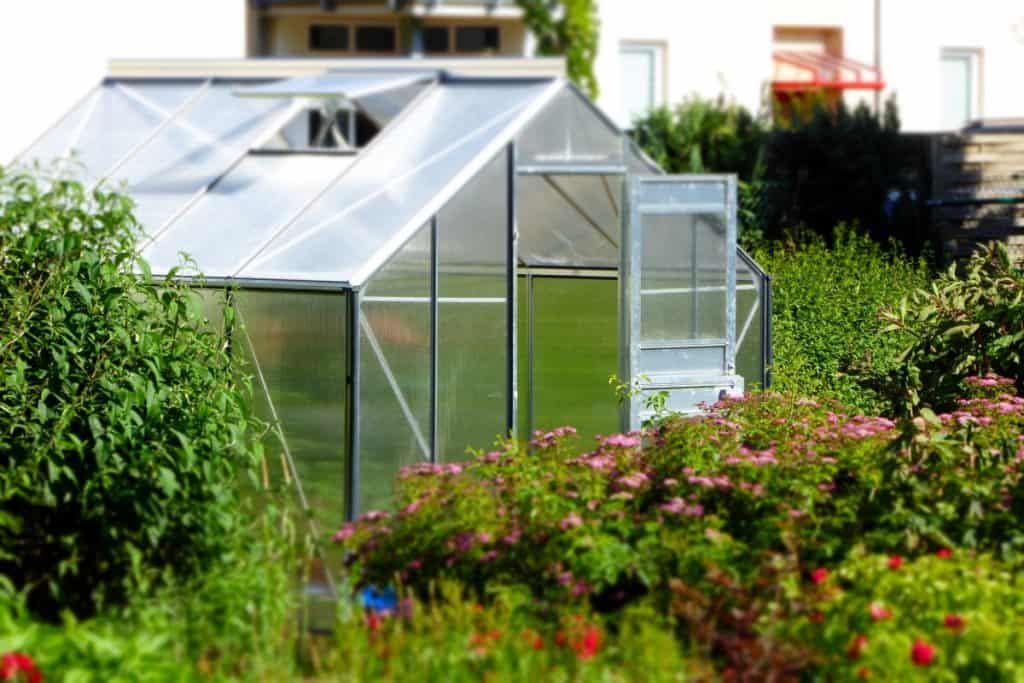
2. Keep up with the air circulation
Most greenhouses are enclosed, meaning they don’t ventilate completely on their own. This is where the installation of ventilation comes in. Nice air circulation ensures the plants get the right temperature and moisture level. Proper air movement within also creates uniformity in humidity, CO2 and oxygen. Remember, plants respond better to environmental consistency.

(Image Credit: WikiMedia Commons)
3. Keep pests away from the greenhouse
Bugs in gardens are inevitable, but there are effective ways to keep them at bay:
- Keep outside foliage away from the greenhouse to minimise pest entry points.
- Set up a bug hotel for beneficial insects, especially pollinators.
- Ensure good ventilation, as above, because many insects thrive in hot, humid conditions where they lay eggs.
Top pests to look out for include aphids, thrips, bloodworms, slugs and snails.
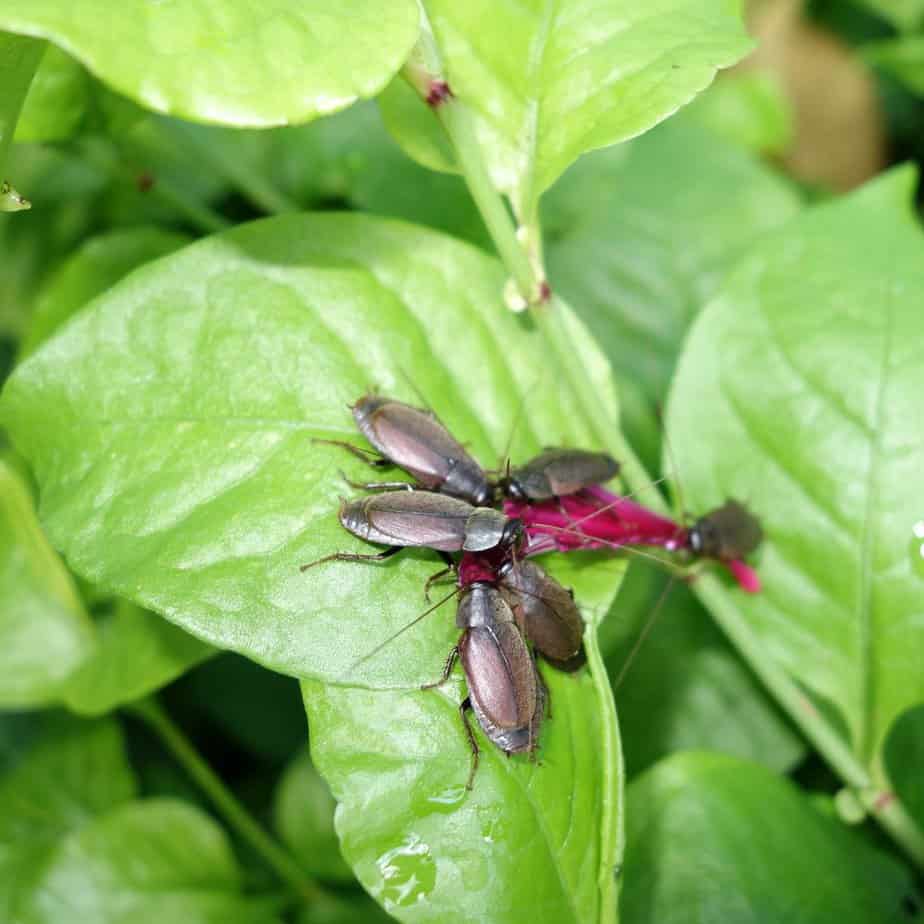
Greenhouse Growing Tips
Seed starting
When it comes to growing, you have two options: 1.) growing from seeds, 2.) buying transplants from the store. If you choose transplants, remember that it can be tricky at first, so patience is a must.
Understanding the type of seeds you’re using is crucial. Seeds can be heirloom, organic, hybrid, or GMO, each with different growing requirements. Next is where to grow them based on their needs. Again, you have two options (see #5 and #6). Once you’ve made your choice, you can move the trays into your greenhouse.
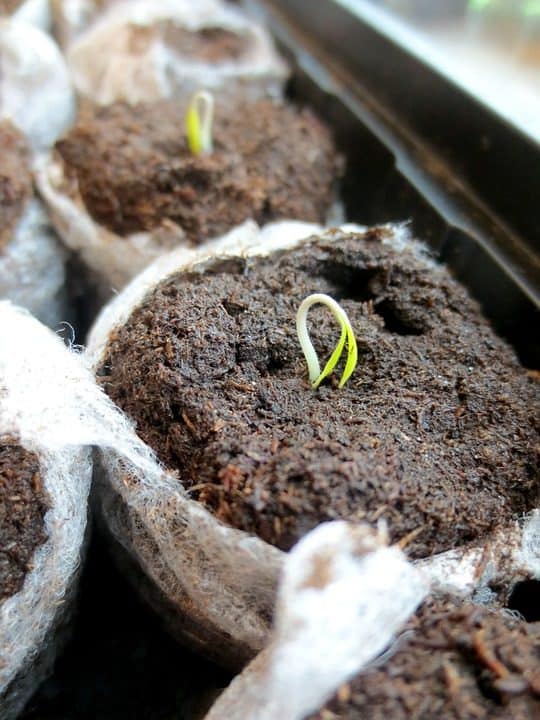
Grow seeds in open flat trays
In this method, seeds are planted in neatly spaced rows within open trays. This setup makes watering, fertilising, thinning, and treating diseases easier. Once the seedlings have sprouted, they can be transplanted into pots. Unlike single-cell trays, open flat trays allow you to grow a larger number of seeds in one go.

Or consider in single-cell trays
Alternatively, single-cell trays allow you to plant one or two seeds per cell. This helps retain more moisture and warmth compared to open trays. Although it can be time-consuming, the improved conditions can lead to healthier seedlings.
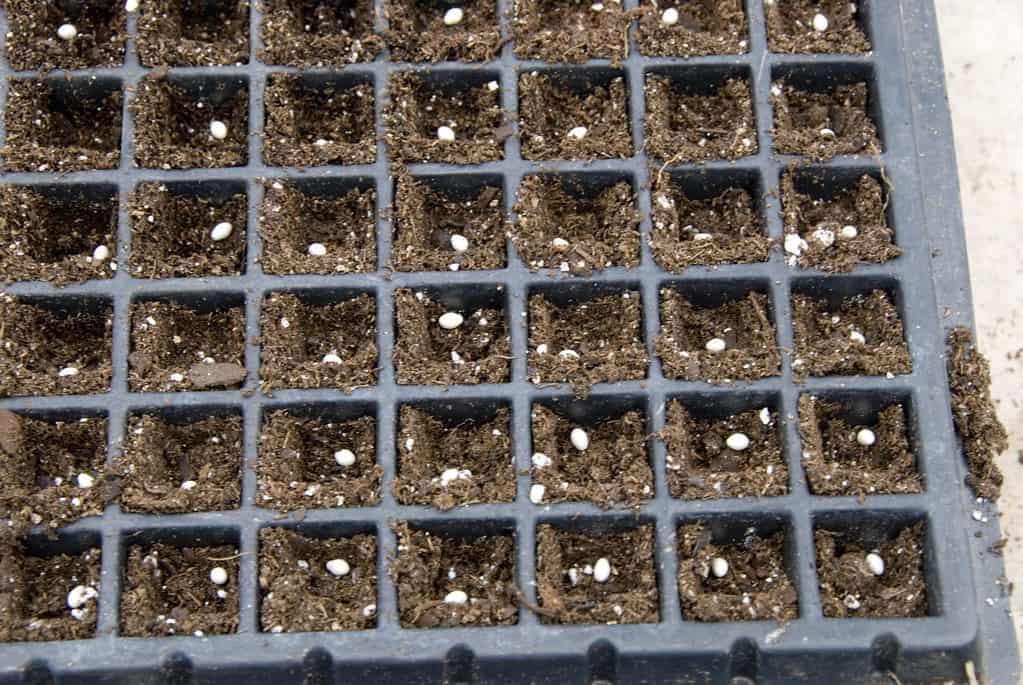
Greenhouse watering basics
There’s a basic rule for beginners: understand the water requirements for every plant. You don’t want to end up under or overdoing it – either can spell doom for your plants. Signs of inappropriate watering include the following:
- Irregular drying
- Decreased shoot size
- Poor root growth and low-quality immature plants
Invest in a good drip system with a timer or dip gauge to avoid overwatering. Water newly seeded areas frequently, every couple of days. By late spring, waterless but more deeply, about once a week, to encourage deeper root growth. This practice helps plants become more resilient and better able to access nutrients.

Use a thermometer
No beginner greenhouse garden should be without a thermometer. This tool helps you monitor temperature changes, informing you when to ventilate, shade, heat, or cool your greenhouse. It provides a picture of your plant’s growing conditions and what adjustments are needed.
Greater control over your plants’ environment leads to better results. To get started, a standard thermometer will do the job. For more detailed data, consider getting hygrometers or humidity meters.
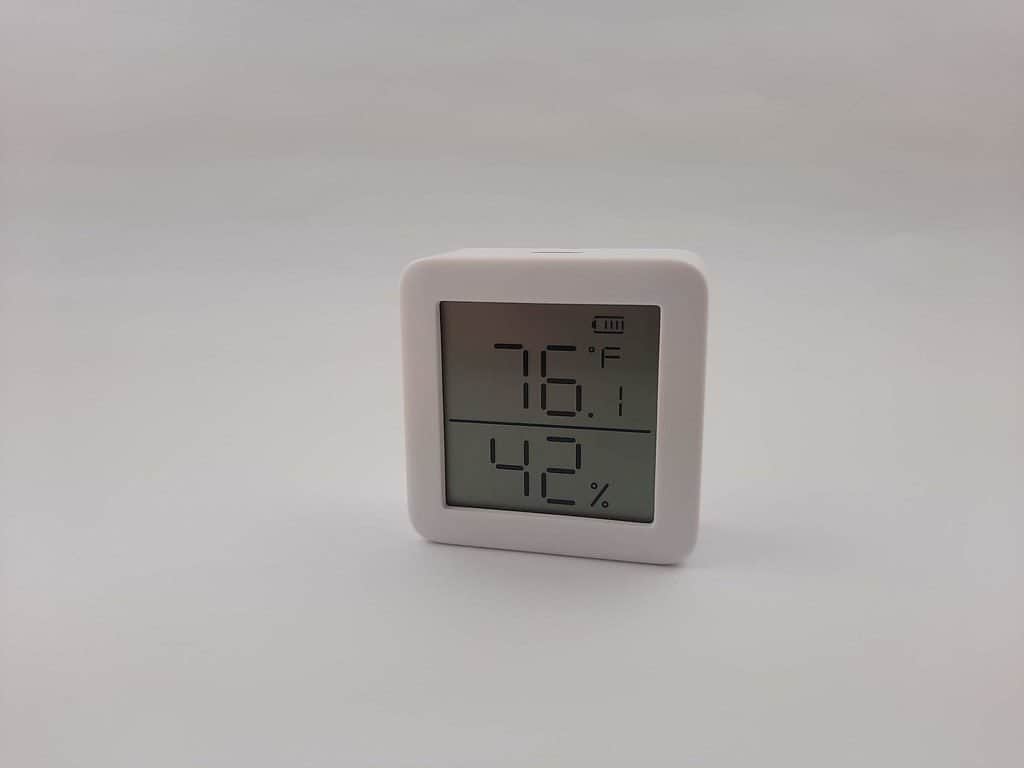
Have enough shelving
Shelves are excellent space savers, keeping your greenhouse neat and organised. They allow you to maximise the space for plants and provide support for climbers.
Choose adjustable shelves for versatility, so you can move them up and down as needed. Or invest in an easy-fit frame with a heavy-duty cover, like the one below. With one, you can take care of seedlings and young plants without compromising space.
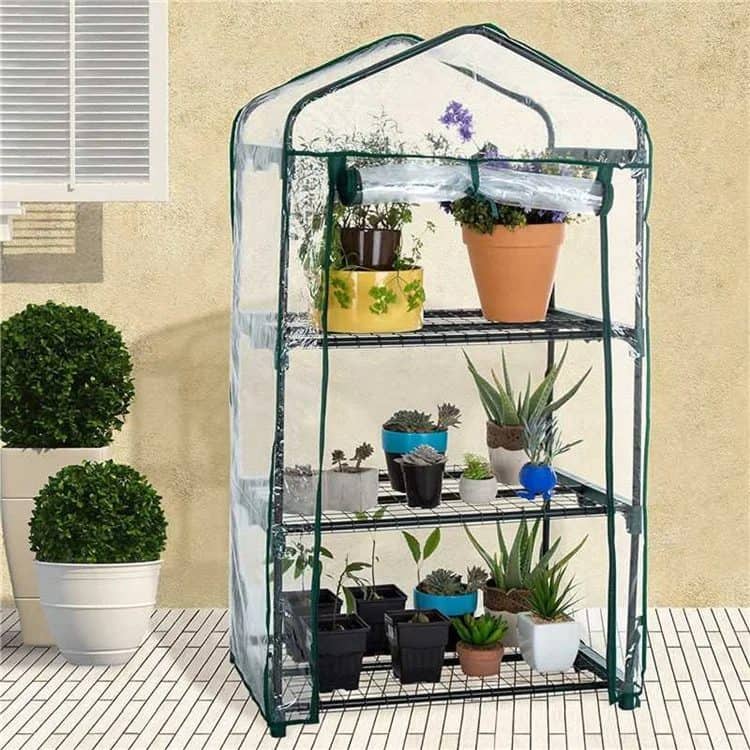
When done right, greenhouse gardening can bring healthy greens to your table year-round. Lucky for you, these beginner tups have outlined what you need to do!
Check our guide to ‘5 Best Plants To Grow In Your Greenhouse’ for more growing ideas. If you have any further questions, contact us and don’t hesitate to give us a call at 01909 768840.










